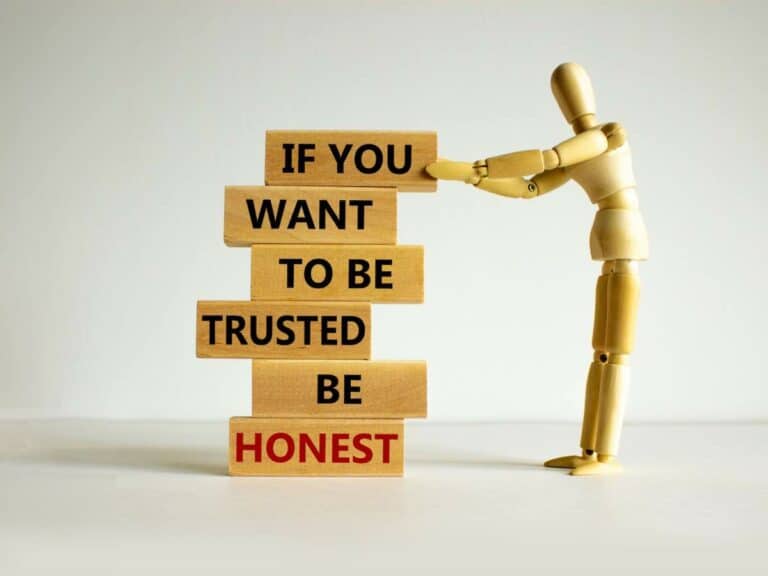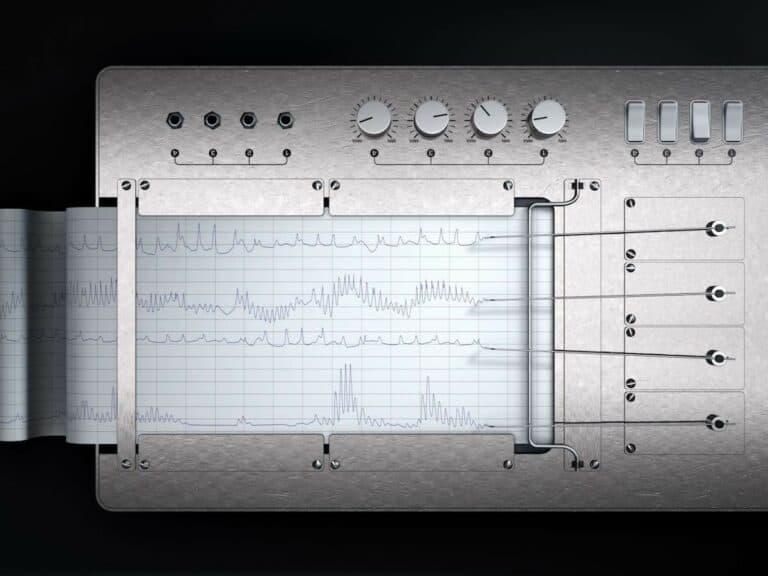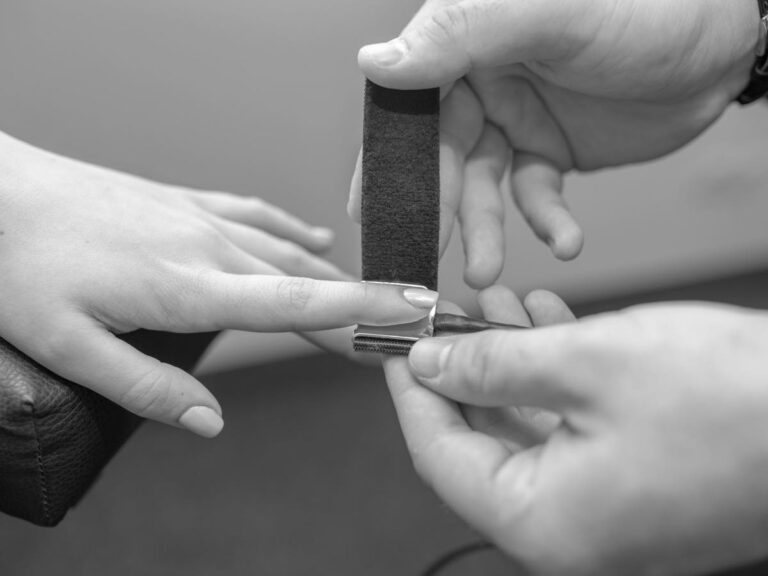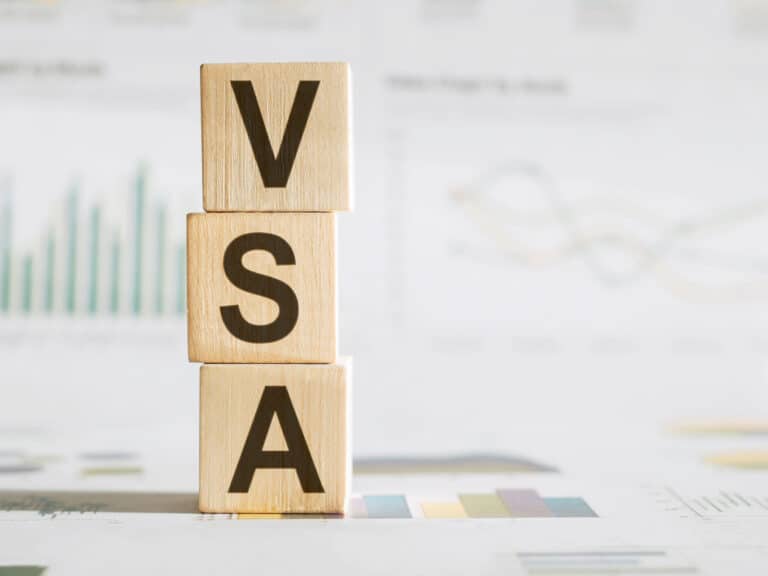How Accurate are Polygraph Tests
Polygraph tests are accurate, which pretty much explains why they are used for police investigations, court trials and job screenings. But no matter how sophisticated lie detector tests are these days, polygraphy isn’t a perfect science — it can make mistakes such as reporting false positives or false negatives.
Polygraph tests are only 80% to 90% accurate, polygraphy advocates agree. Modern computerized polygraphy techniques, meanwhile, are up to 98% accurate. Not being 100% accurate each time pretty much explains why polygraph tests are not always admissible in court in certain states or jurisdictions.
In this article, we will talk about the accuracy of polygraphs, including how often they can result in mistakes and unreliable data as well as inconclusive reports.
False Positive vs. False Negative
Again, a polygraph test, while considered highly accurate, is not at all foolproof. Needless to say, there are instances where the result is an error. And when an error occurs, it can either be a false positive or a false negative.

If you are an innocent person, you don’t want a false positive to be the outcome of your exam.
Simply put, a false positive lie detector examination result occurs when a truthful person is reported as being deceitful. So, in other words, you are 100% telling the truth but the polygraph examiner deems you are fabricating lies. According to a scientific review, the average rate of false positive outcomes is 19.1%.
But just because your polygraph exam result is a false positive doesn’t mean that you should doubt yourself. There are many things that can cause it to occur. Some of them include:
- Having high blood pressure
- Intake of certain drugs
- Consumption of alcohol
- Being anxious
- Experiencing severe stress or fatigue
- Failure to have a good night’s sleep
- Being uncomfortable because of tight clothing, the environment, etc.
On the other hand, if you are accusing someone of something and you are convinced that he or she is guilty, you don’t want the lie detector test to be a false negative.
Being the polar opposite of a false positive polygraph result, a false negative examination result occurs when someone who is lying is reported as being truthful. Needless to say, if the test is admissible in court, the examinee could get away with whatever he or she is completely guilty of.
Scientists say that false negative outcomes in polygraph tests have an average rate of 10.2%. So, in other words, taking the figure mentioned earlier into account, false positives are more common than false negatives.
Here are some of the most common causes of a false negative result in a polygraph exam:
- Failure of the examiner to properly prepare the examinee
- Inability of the examiner to correctly read and interpret the charts
It’s not uncommon for psychopaths and sociopaths to pass a lie detector test, which means that their examination can easily lead to a false negative outcome. That’s because not only can they tell a good lie — they can also believe the lie they tell. As a result of this, their stress levels remain constant whether being truthful or being deceitful.
Online, you can easily come across things you may do so that you can beat a polygraph test. However, most of them do not bring the desired results, especially if the examiner is an experienced one.
An Inconclusive Result: What Does It Mean?
There are false positive and false negative results. And then there’s also what’s referred to as an inconclusive result, which a lot of the critics of polygraph testing conclude as an error.
An inconclusive result, however, is nothing like that.
When a polygraph examination is judged inconclusive, it simply means that the test failed to determine whether or not the examinee is being truthful or deceitful. In such instances, usually, a second lie detector test is administered at a later schedule. When using the latest polygraph machine, an inconclusive result rarely happens.
To illustrate how the inclusion of inconclusive test results can distort accuracy figures, consider the following example:
If 10 polygraph examinations are administered and the examiner is correct in 7 decisions, wrong in 1, and has 2 inconclusive test results, we calculate the accuracy rate as 87.5% – 8 definitive results, 7 of which were correct.
Critics of the polygraph technique would calculate the accuracy rate in this example as 70% – 10 examinations with 7 correct decisions.
Since those who use polygraph testing do not consider inconclusive test results as negative and do not hold them against the examinee, to consider them as errors is clearly misleading and certainly skews the figures.
Despite the nature of an inconclusive result, it’s not uncommon for some employers who are not covered by the EPPA to sometimes refuse to hire an applicant for having the said kind of polygraph outcome.
There are a handful of things that can cause an inconclusive lie detector test result to come into being.
According to polygraph experts themselves, one of the most common reasons is the examiner asking obscure questions that the examinee cannot fully understand. In most instances, it means that the one who is conducting the examination is unqualified and poorly trained when it comes to formulating and asking the right questions.
Not administering the test in a controlled environment is also another possible reason for an inconclusive result. The presence of distractions and interruptions as well as the individuals who are involved in making the allegations can also keep the polygraph test result from being conclusive.
Taking certain drugs or drinking alcohol the night before the test can also lead to an inconclusive outcome.
Fortunately, a second lie detector test as a result of an initial inconclusive result usually produces a more conclusive result, provided that the same hindering factors are completely avoided.
Since an inconclusive result doesn’t technically count as an error, it should not be considered an error when determining the accuracy of a polygraph test.
Otherwise, the resulting figure will be against a lie detector test. It’s therefore important for critics to know the fact that the examination itself should not be held accountable for an inconclusive result.
What to Do in the Event of an Error
If the result of your lie detector test is a false positive, there’s no need to worry. And it’s for a couple of reasons. First, in most jurisdictions, a polygraph test result is not admissible in court — it’s something that cannot be used as a piece of evidence upon which a trial judge will make a verdict.
And even if you’re in a state where a lie detector test has admissibility in court as a result of both parties, the defendant and the prosecutor, agreeing to its use, it’s illegal for an employer to fire or penalize you based on that alone.
Second, there are steps you can take in order to make up for an unfavorable outcome.
So, if you are unhappy with the outcome of your polygraph examination because you believe that something went wrong or an error was committed along the way, the following are some of your options:
- Request for a second lie detector test — either with the same examiner or a different one
- Get a second opinion by approaching another polygraph expert
- File a complaint with the state licensing board if a violation of any polygraph-related law was committed
- File a complaint with the Department of Labor if the test was conducted on behalf of the employer
- Seek the assistance of the American Polygraph Association (APA) or a similar agency
Keeping a false positive outcome to a minimum can be done by relaxing while you are undergoing a polygraph examination. That’s because being anxious can cause physiologic changes that the lie detector test instrument can pick up and the examiner can interpret as telltale signs of being deceitful.
And speaking of which, it’s also important for the polygraph examiner to be experienced. Depending on the state, he or she should be licensed, which is possible only after completing an accredited program.
Just Before You Undergo a Polygraph Test
Depending on who you ask, a lie detector test can be very accurate. Proponents agree that it can be anywhere from 80% to 90% reliable. But because a machine is used and a human interprets the chart, there is a small room for error. This can come in the form of either a false positive or a false negative.
Related Questions
How should you dress for a lie detector test?
Tight-fitting clothes should be avoided as they can make you uncomfortable during the examination, and being uncomfortable can make it look like you are lying. It’s also important to avoid baggy clothes and layers because some of the polygraph sensors will be donned outside the clothes you wear.
How long does a polygraph examination last?
Most lie detector tests can take anywhere from 1 to 2 hours to complete. It will depend on the purpose of the polygraph — some can be longer while others can be shorter. The time you are hooked up to the machine is only between 15 to 30 minutes. The result is usually available after 24 hours.






